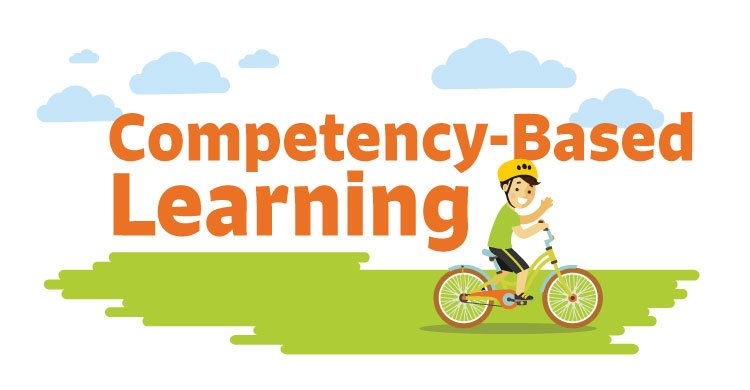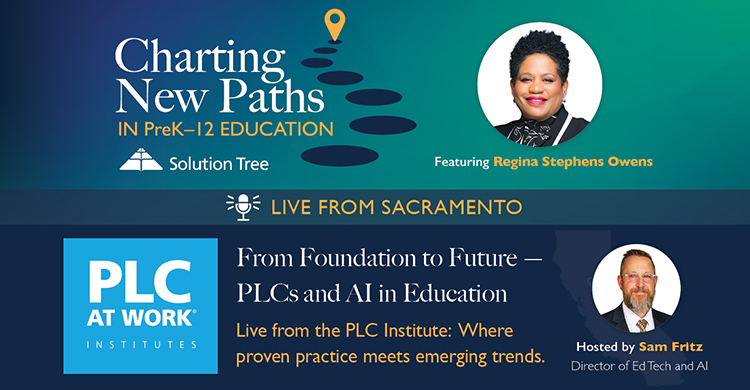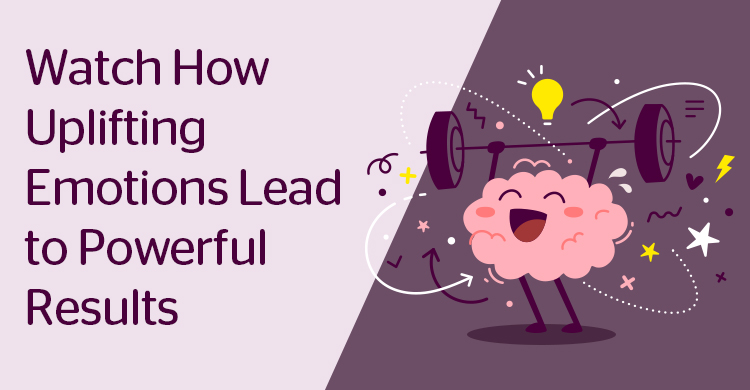“Once you learn, you never forget.” We have all heard that statement as it relates to riding a bicycle, and any of us who has ever taught a child to ride a bike know that for most children, this learning process requires time, patience, and perseverance. Riding a bike isn’t easy. Children are required to transfer their learning of a number of different skills (pedaling, balancing, steering, turning, and stopping, for example) and eventually put these distinct skills together to be a successful bike rider. For those of us in a position to provide the support and guidance, we find ourselves constantly providing feedback, with the ultimate goal of helping the child learn how to ride a bike safely and successfully, recognizing that they had to start somewhere. We have all been in this position in the learning process, either as the learner or the teacher. Let’s consider Will’s learning journey and what it could teach us as educators about the process of learning.
As children are learning these distinct skills, we are constantly providing feedback to them as they persevere through the many times that they fall down, but always with encouragement, support, and guidance from us as their teacher. This support continues until the learner is able to transfer all of the individual skills, combining them into the overall task of successfully riding a bicycle, just like Will has demonstrated here.
This assessment is FOR learning, not OF learning.
We use this example to provide a direct correlation to assessment in our schools today and ask, “Why should assessment practices be any different in our schools?” As educators, our goal is to provide opportunities for all students to learn, and assessment is an integral part of the learning process. This process provides a multitude of opportunities for timely feedback, based upon each individual student’s needs. We recognize as educators that each student is on a different learning progression, and so it is imperative that assessment is meaningful and is done in a formative way.
Challenges of the Cultural Change Process
As school leaders, we have to be brutally honest with ourselves about just how monumental of a philosophical shift it can be for our school community to shift gears to the assessment philosophy described above. To be effective, this shift has to become part of the lasting culture of our schools, a task that is filled with many challenges for school leaders. DuFour and Fullan (2013) identify some of these challenges related to the cultural change process, which include:
- Significant changes made to traditional schooling practices
- Addressing the conflict that arises as a result of the change
- Recognizing that the shift impacts every part of the organization in some way
- Accepting that part of the change process involves unplanned trial and error
- Realizing that there may never be an end to the change process because “creating the commitment to continuous improvement inherent in the PLC process means you never ‘arrive’”
If we want better assessments that truly and accurately measure what it is a student knows and is able to do, then we need a different kind of instructional model—one that is student-centered, flexible, and personalized to meet the needs of all students. We need a curriculum that requires that students acquire, make meaning of, and transfer their content and skills. We need grading practices that accurately measure to what degree a student has learned something. Finally, we need support structures to help all students be successful in this model.
Five Tenets for Competency-Based Learning
The model we are suggesting is competency-based learning, also known as mastery learning, proficiency-based learning, and even, to a lesser degree, standards-based learning. To be clear to our audience, we need a common understanding of what this model means for schools.
Sturgis (2015), provides context for this by identifying five tenets for competency-based learning in schools today.
- Students advance upon demonstrated mastery.
- Competencies include explicit, measurable, transferable learning objectives that empower students.
- Assessment is meaningful and a positive learning experience for students.
- Students receive timely, differentiated support based on their individual learning needs.
- Learning outcomes emphasize competencies that include application and creation of knowledge, along with the development of important skills and dispositions.
If a competency-based model is about meeting each student where they are and allowing them to move forward within their own progression of learning when they are ready, then a focus on learning, a collaborative culture, and a commitment to focusing on results must exist. The Professional Learning Communities at Work™ framework, when implemented correctly, cultivates teachers who become collectively responsible and mutually accountable for learning for all students in their school. Teachers become supports for each other, and teacher teams become integral parts of both the decision-making process and instructional leadership for competency-based learning. The work of collaborative teams and work done throughout the school is transparent. Student learning, a collaborative culture, and constant reflection become the norm, and these are the levers that will effect change through the work of the collaborative teams.
Transitioning to a competency-based learning system requires clear structures and embedded practices that will allow teachers and administrators within a school and district to engage in the work necessary to successfully support all students. All educators must work collaboratively in recurring cycles of collective inquiry and action research to achieve the best results possible for the students they serve, and ultimately, allow them to learn how to “ride their bike,” just like Will did.
References:
DuFour, R. and Fullan, M. (2013). Cultures Built to Last: Systemic PLCs at Work. Bloomington, IN: Solution Tree Press.
Sturgis, C. (2015). Implementing Competency Education in K–12 Systems: Insights from Local Leaders. International Association for K–12 Online Learning.
[author_bio id=”1330″]
[author_bio id=”186″]






